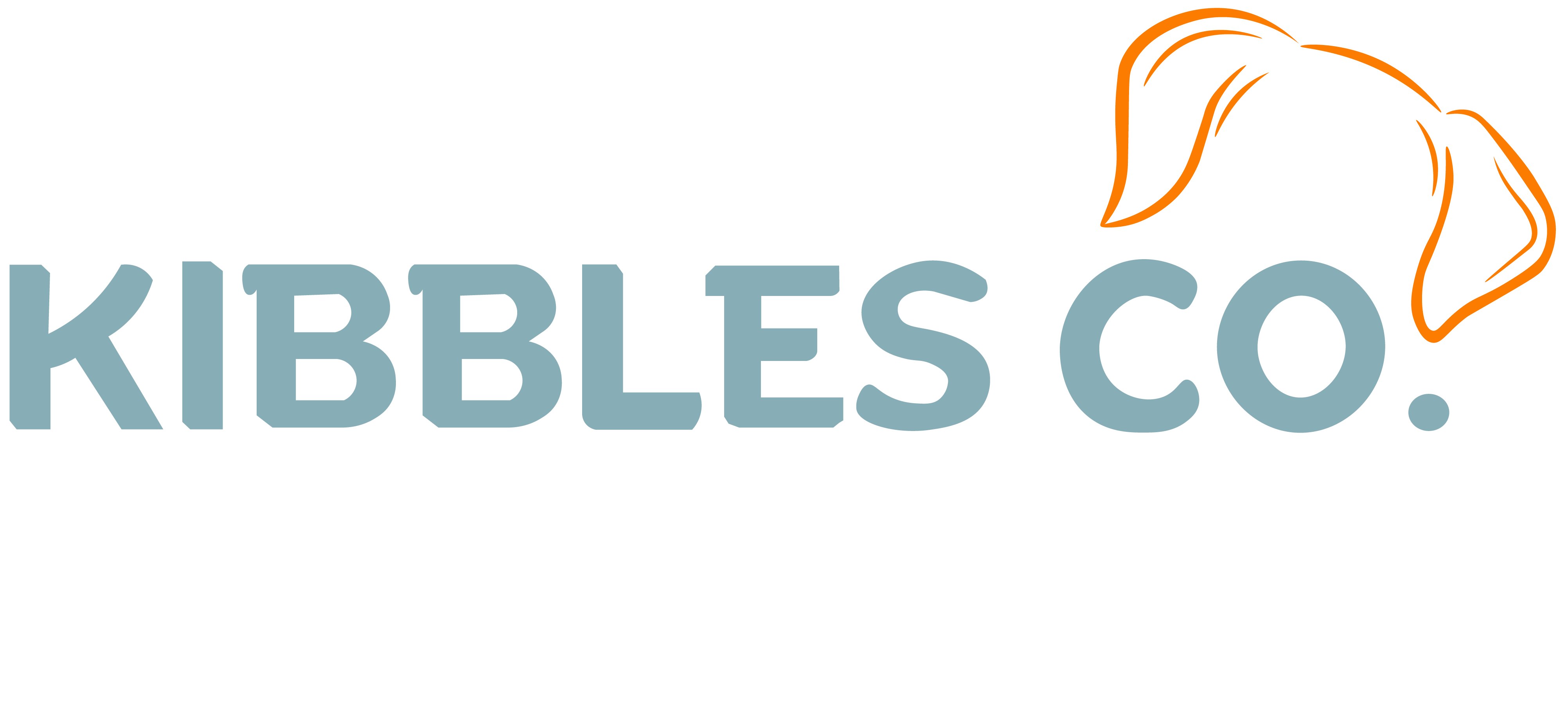The Dos and Don’ts of Dog Walking: A Guide to Being a Responsible Dog Owner
Let’s be real—nothing ruins a walk faster than bad dog-walking etiquette. It’s right up there with stepping in an unclaimed mess (seriously, pick up after your dog!) or having an overly excited pup charge at you uninvited.
With over 5 million dogs in Australia, crossing paths with other pups and owners is inevitable. Most of the time, these encounters are positive, but occasionally, poor manners can turn a simple stroll into a frustrating experience.
If every dog owner followed basic dog-walking etiquette, we could all enjoy safer, stress-free walks. Whether you’re at the beach, bush, or your local park, these simple Dos and Don’ts will help make every outing enjoyable for you, your dog, and everyone you meet along the way.
Dog Walking Etiquette: What You Should Do
✅ Pick Up After Your Dog
It should go without saying, but always clean up after your pup. Leaving poop behind is unhygienic, unfair to others, and gives responsible owners a bad reputation.
💡 Pro Tip: If you forget bags, ask a fellow dog walker—most are happy to share! And please, never leave filled poop bags on the ground or hanging in a tree.
✅ Call Your Dog Back When You See Someone Approaching
Not everyone wants a surprise greeting, and some dogs (or even people) can be nervous around others. Whether it’s a fellow dog owner, a jogger, or a cyclist, recalling your dog until you assess the situation is just good manners.
✅ Vary Your Walking Routine
Switching up your walks keeps things exciting for your dog and engages their mind. One day, take them to an open field for a sniffing adventure, and another day, practice structured walking with their no-pull harness to reinforce training.
✅ Stay Engaged With Your Dog
Walking time should be bonding time. It’s tempting to scroll on your phone, but staying connected with your dog helps you read their body language, anticipate reactions, and reinforce good behaviour.
✅ Carry Treats for Positive Reinforcement
A few treats go a long way in keeping your dog focused on you, reinforcing commands, and rewarding good behaviour.
✅ Respect Others’ Space
If you see another dog walker leash their dog, it’s best to do the same. Some dogs may be in training, recovering from surgery, or simply prefer their own space. Give them the courtesy of a stress-free walk.
Dog Walking Etiquette: What You Should Avoid
❌ Letting Your Dog Charge at Another Dog
Even if your dog is friendly, running up to another dog uninvited is bad manners. Some dogs are reactive, anxious, or in training. Always check with the other owner before allowing your dog to approach.
❌ Relying Only on Fetch for Exercise
Yes, fetch is fun, but excessive repetitive movements can strain your dog’s joints. Mix things up with sniffing games, structured walks, or interactive play.
❌ Ignoring the Signs if Your Dog is in Heat
If your female dog is in heat, take extra precautions to prevent unplanned puppies. Keep her leashed, walk during quieter hours, and avoid off-leash areas.
❌ Forcing Socialisation
Not every dog wants to be friends, and that’s okay! Some pups are more introverted, and they don’t need to interact with every dog they meet. Respect your dog’s boundaries and those of others.
“But My Dog is Friendly!”
We’ve all heard it.
A dog comes bounding towards yours, the owner metres away, yelling, “Don’t worry, he’s friendly!” Meanwhile, your dog is on a leash, stiff as a board, and you’re bracing for impact.
The thing is, not all dogs want to say hello. Some dogs need their space due to past trauma, ongoing training, or medical reasons.
If you have an overly friendly pup, work on controlled introductions instead of letting them run up to strangers. It’s a win-win for everyone involved.
Managing Your Dog’s Socialisation Responsibly
Every dog is unique. Some love to socialise, while others prefer sticking to their humans. Knowing your dog’s personality and respecting their comfort zone is key to a happy, stress-free walk.
If your dog has special needs, using a personalised harness or leash can help communicate this to others. For example:
🐶 "Deaf Dog" – Helps prevent sudden approaches.
🐾 "Nervous" – Alerts others to give space.
💛 "In Training" – Lets people know your pup is still learning.
These simple labels can reduce misunderstandings and make walks safer for everyone.
Safe Ways to Socialise Your Dog
Dogs are social creatures, and positive interactions are beneficial. Here are some great ways to encourage safe socialisation:
🐕 Puppy Play Sessions – If you have a young pup, look into supervised play sessions through dog trainers or vet clinics.
🐾 Gradual Socialisation for Rescue Dogs – If you’ve adopted a rescue dog, take it slow. Start with controlled introductions and public walks before moving to larger gatherings.
🐶 Meet-ups with Trusted Friends – If you have dog-owning friends, arrange small meetups to build confidence in a controlled setting.
Be a Considerate Dog Walker
Dog walks should be enjoyable, relaxing, and positive for both you and your pup. Following basic dog-walking etiquette makes the experience better for everyone—whether you’re in a bustling city park or a quiet nature trail.
By being mindful, respectful, and engaged, you’ll make every adventure with your dog a great one. And let’s be honest, when your pup is well-behaved, calm, and happy, walks become one of the best parts of your day.
Happy walking! 🚶♂️🐕💙








